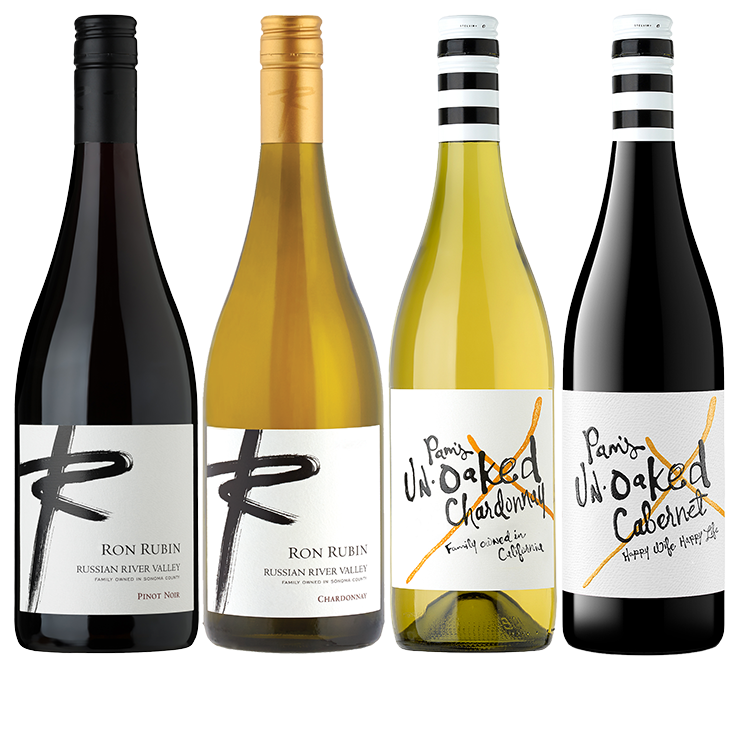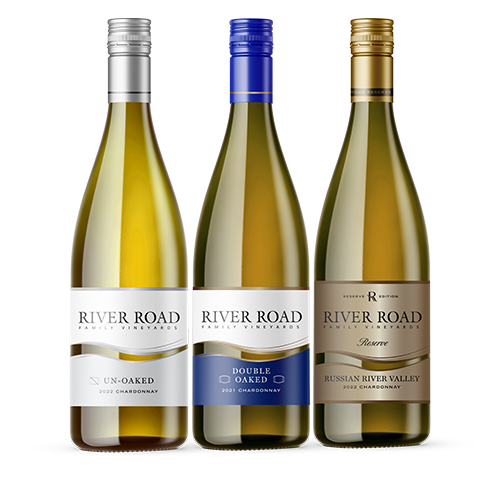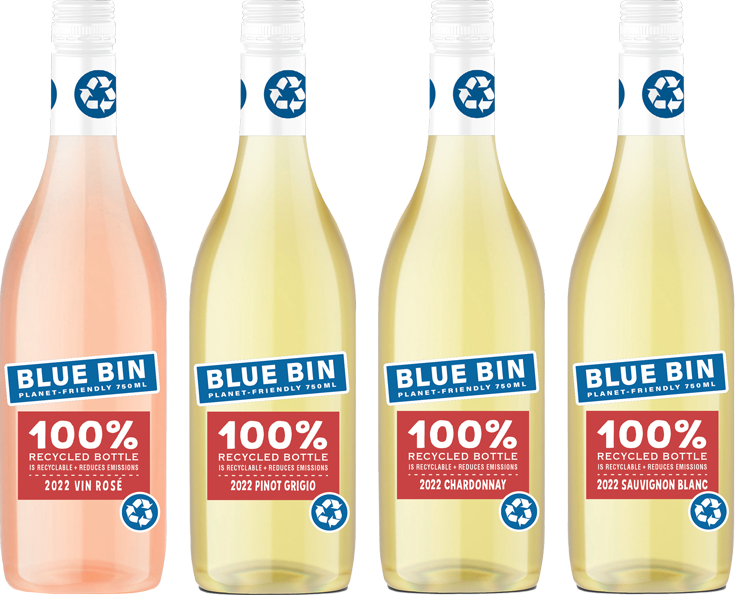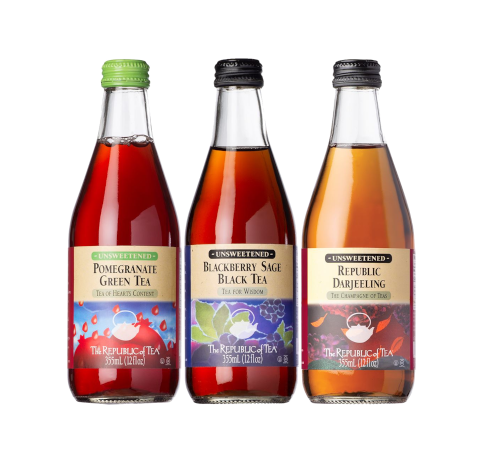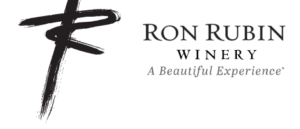Vineyard Update
What a difference a year makes! Thanks to the hefty amount of rain, we received this winter and spring, our vines are well on their way to producing a great crop this year. The vineyard is about two weeks behind last year, which at this point is neither good nor bad. On one hand that could push harvest out late in the season into early rains OR it could extend the grapes “hang time” and allow for higher quality with increased complexity and diverse character. I hope for the later! We still have a way to go until we can speculate on quality. The good news so far is the vines are incredibly healthy and show a lot of vigor.
 Vigorous Vines
Vigorous Vines
Flowering or bloom has just started this past week. It’s during this stage of a grape’s lifecycle that pollination and fertilization occurs, with the results ultimately producing a cluster. Unlike many other plants, the bees don’t have to buzz in the vineyards. Grapevines are self-pollinating – they possess both male and female parts so, barring weather issues, grape flowers can transform into berries all by themselves. Good weather is critical during bloom, as the flowers are fertilized by wind-dispersed pollen. As such, pollination could be impacted by excessively wet, hot, or windy conditions. Grape flowers have little tolerance for anything outside of “just right.”. As June sets in we are hoping for the “just right” conditions to push the vines through this critical phase!
 Flowering grape cluster
Flowering grape cluster
Grape Vine Nutrition
Our vineyard works hard every year to provide us with a healthy crop. It’s our job to make sure the vines have everything they need to be continually successful. One of the most important aspects to that is testing the vines’ nutritional status every year so we know if the vines need help going into the growing season. Even with a healthy nitrogen-fixing cover crop and fertilizer applications, the vineyard might be a little short on nutrients. The most successful time for measuring vineyard nutrition is when the vines are in bloom. The nutrients we test for are nitrogen, potassium, phosphorus, and various micronutrients. These are the main minerals that the grape vine needs to produce the highest quality grapes. To determine if available nutrients are at optimum levels, we take samples of the “petiole” which is the term for the grape leaf stem.
 Grape vine petiole
Grape vine petiole
To get accurate data, the vineyard blocks are sampled and analyzed individually. Each variety, clone, and rootstock combinations perform slightly differently in most vineyards. Some blocks have higher nutrient demands than others, where the vines deplete more nutrients from the soil. Additionally, rootstocks vary in their ability to pull nutrients from the soil, which can affect vine health.
 Location where the leaf grows from the shoot.
Location where the leaf grows from the shoot.
A typical grape shoot has two clusters found on the second and third “nodes” (location where the leaf grows from the shoot). The leaf and its stem are pulled from a node, which also carries a developing cluster. Up to 100 petioles are collected from each block and combined to provide a good average for the block. Then the sampled petioles are sent to an analytical laboratory to gather the results. We’ll then adjust the vines nutrients based on the data. We are fortunate here at the estate vineyard to have wonderful Goldridge Sandy Loam soil which, based on our testing needs minimal amendments year to year.
On behalf of the entire team here at Ron Rubin Winery, we wish you all continued good health!
Be Well,

